In the simplest definition, solar power plants are special systems that enable the energy reaching from the sun to be converted into electricity. Thanks to the prepared panels, sunlight is directly converted into electricity. These low-cost, long-lasting, environmentally friendly power plants are actually extremely favourable for the climate of our country.
In solar power plants where very large solar cells are used, these batteries are called Photovoltaic. Nature-friendly SPPs are also defined as the cleanest electricity generation technology. It is possible to say that these projects, which provide state-guaranteed income, are extremely profitable in terms of operating costs.
These systems, which are used to generate energy through the sun, require pre-calculated and detailed measurement areas. In addition, it is essential that the equipment and materials are of high quality and prepared according to the requested KW value. KW value is determined according to the energy required in the system. GESs that can meet small-scale energy needs are also preferred in agricultural areas, industrial sites, large factories and larger structures.
What is SPP?
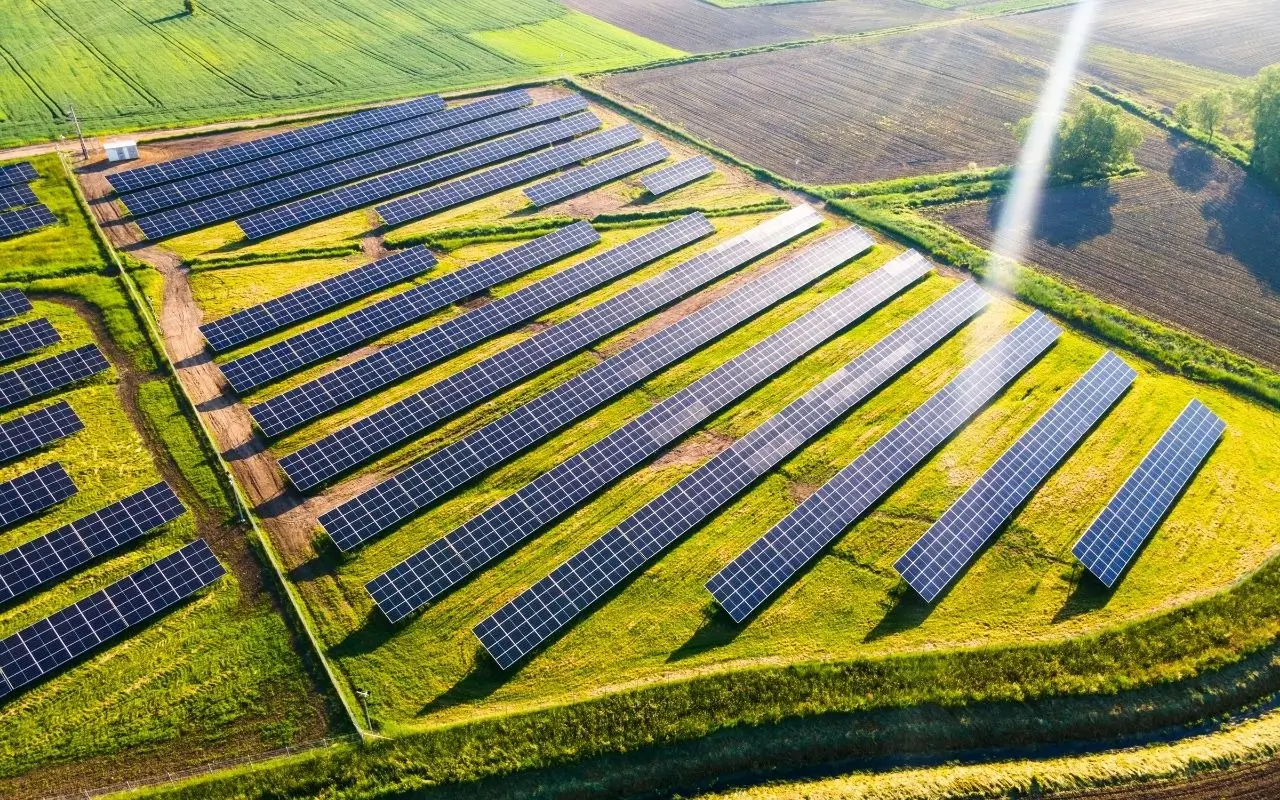
The systems that convert the rays from the sun into electrical energy with the help of special technologies are called GES. These systems, which do not pollute the environment and are noiseless, consist of many components. In addition, the fact that it is sustainable and renewable increases the number of SPP projects today. In these systems using photovoltaic technology, the rays reaching the panels, ie photons, first come to the semiconductor material. Here it reacts with the crystals and forms an electric current.
Photovoltaic (PV) solar energy systems, which are used to generate electricity from light photons, are divided into different types according to the purpose of use and grid connection status. Generally, PV systems, which come to the fore as grid-connected and off-grid, are also considered as agricultural pumping applications and Hybrid. Photovoltaic applications, which do not only consist of solar energy systems, also include components such as charging, battery and intertor.
Grid connected Photovoltaic solar energy systems are defined as On-Grid applications. These are systems where the generated electricity is converted into AC electricity and transmitted to the grid. The working principle of this application consisting of 3-phase or single-phase interrupter, data logger, bidirectional counter and solar panels is as follows;
- Firstly, the electricity generated by the panels is regulated in the interconnector to the grid.
- It is then brought to a state that can be transferred to the electricity network.
- Since the battery is not used, there will be a power outage in case of a problem in the network.
- In order to prevent these situations, battery support is recommended in Photovoltaic systems.
Off-Grid Photovoltaic systems are for regions where there is no electricity grid. Charge controller, inverter and The working principle of these systems consisting of solar panel and battery is as follows;
- The generated electricity is regulated by the charge controller.
- This electricity is then stored in batteries.
- The electricity stored in DC form is converted into AC electricity via the inverter.
The general working principles of SPP are as follows. Panels that interact with light particles then release electrons and thus generate electric current. The electricity obtained is usually in direct current format and is converted into AC, ie alternating current, through the inverter and supplied to the grid.
Solar power plants can be installed with different structures and technologies. These include;
- Concentrator systems: In these systems, sunlight is concentrated with parabolic mirrors or fresnel lenses and energy is produced.
- Dish Motor Type systems: It is preferred where there is no electricity network.
- Solar Energy towers: These are tower-shaped systems that offer high efficiency. The cost is high.
- Photovoltaic systems: They are the most common systems today.
The advantages of solar energy systems are also numerous. If we list these advantages;
- Reduces economic dependence on foreign sources.
- Increases the income from natural resources.
- Maintenance costs are low.
- SPP can be installed in every area where energy is needed.
- Empty areas such as roofs or fields functionalised with GES.
- Installation is easy.
- Investment cost is low.
- High efficiency is obtained.
- Renewable energy systems.
- They are environmentally friendly systems.
- It has no harmful effects on the environment such as carbon monoxide, gas, radiation, harmful fumes or sulphur.
- It is an unlimited source of energy.
There are also many individual advantages for those who want to establish a solar power plant. Firstly, you can make a serious contribution to nature as you will not emit carbon dioxide emissions in the process of generating electrical energy. Since the panels are easily cleaned, rainwater is usually sufficient. Other individual advantages of GES, which is preferred by those who want to enter the electricity trade, are listed as follows;
- The return on investment is completed very quickly.
- An endless and effortless energy source is utilised.
- Turkey is in a favourable position for GES investment, so it can be preferred.
- Facility installation is safe and fast.
- These systems, which have a long-term warranty and service life, are always robust.
- The plant value can be increased with a GES to be installed on the roof.
- Since you will produce your own electricity thanks to GES, it is not affected by the increases applied to electricity prices.
By having a solar power plant, less dependent on grid electricity while increasing your home or business value. GES, which are long-term and low- cost investments, will also ensure that you are not affected by power outages. Finally, you can shape your long-term investments while benefiting from the sun, which is an unlimited and free energy source.
How Much Does 1 Acre Solar Power Plant Earn?
A 1 acre solar power plant, which provides economic and environmental benefits, is a suitable investment for a start. On the other hand, investors who have a sustainable energy source will significantly reduce energy costs. It should not be forgotten that GES, which can be installed in large areas, also works with the principle of high efficiency.
The return of SPP may vary depending on multiple criteria. Factors such as panel quality, duration of receiving sunlight and geographical location will answer the question of how much it pays to build a 1 acre solar power plant. Looking at the annual period, the return of 1 acre SPP is high. Therefore, it is possible to say that it is an extremely important investment for both businesses and individuals. Costs can be amortised with incentives and exemptions that can be taken at the beginning. On the other hand, when the excess electricity generated is sold to the grid, an additional source of income will also arise.
1 acre of land is an average area of 5 thousand square metres. In such an area Between 300 and 350 solar panels can be installed. The efficiency of these panels with a total capacity of around 100 kW will vary according to the duration of sunlight. On average, a solar energy system with a capacity of 1 kW can produce up to 1,500 kWh of energy per year. In that case, the average GES investment made on 1 acre area 150.000 kWh electricity will be produced. When we look at this figure, we can say that the annual electricity needs of a household will be more than met.
It is recommended to use solar tracking systems together with the solar power plant. Because energy production capacity increases with these systems. Tracking systems the sun to be followed by panels throughout the day. Thanks to solar tracking systems that increase energy production by an average of 20% to 30%, up to 195,000 kWH of energy can be produced annually with a 100 kW energy capacity that you will install on 1 acre.
How Much Are Solar Power Plant Prices?
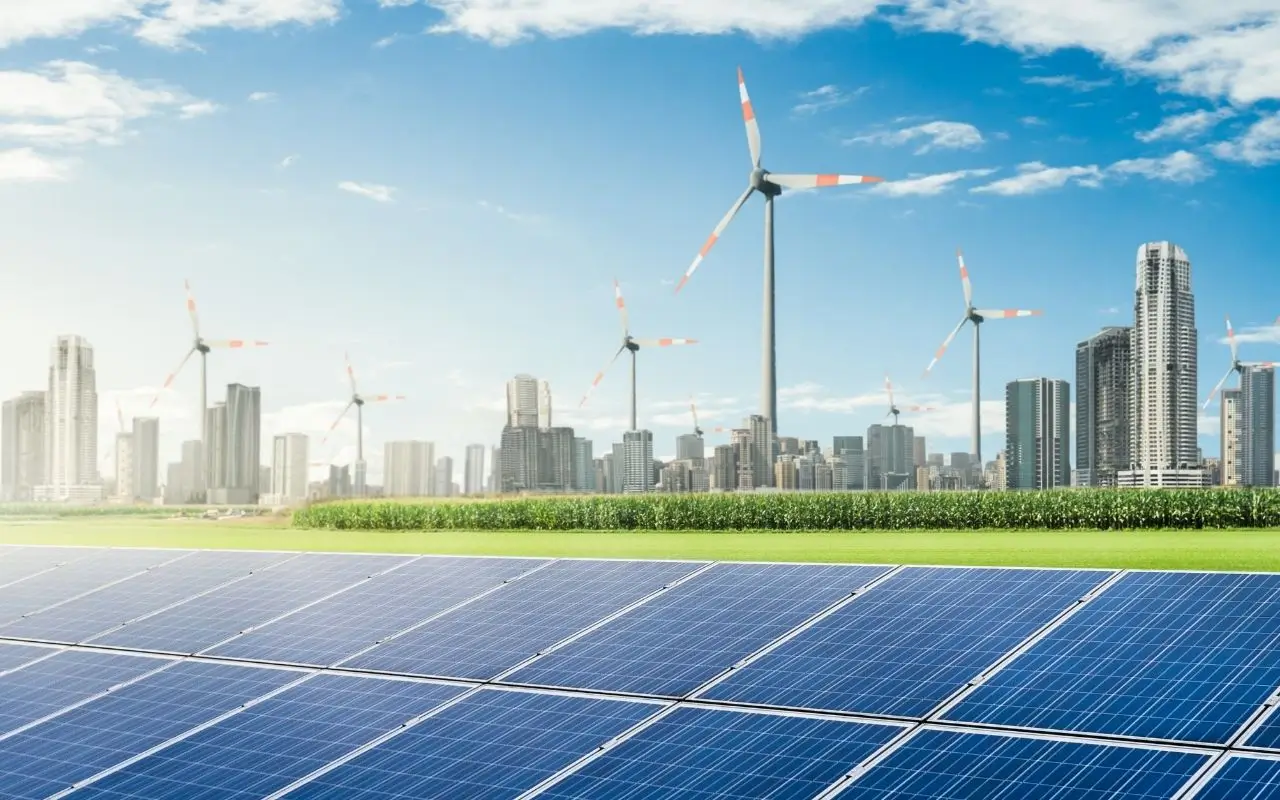
Solar power plant prices vary depending on the equipment to be used in the installation process, installation capacity and market conditions. In 2024, general cost ranges can be listed as follows with examples;
- For a 1 MW SPP, the cost can vary from 1 million TL to 1.5 million TL. The price may decrease or increase according to the material used and the size of the power plant.
- 10 kW GES will meet the electricity needs of an average living space. As a price, a cost between 300.000 - 500.000 TL can be deducted.
These prices we share are purely for illustration. Other factors affecting the cost;
- Incentives: You can apply for incentives to reduce investment costs.
- Quality: The quality of SPP components will directly reduce investment costs.
- Installation Area: There is a cost difference between rooftop or land installations.
- Panel Shape: Pricing varies for panel types such as thin film panelpolycrystalline or monocrystalline.
What is Required to Build a Solar Power Plant?
The steps to be followed to establish a solar power plant are as follows;
- The land to be installed GES is determined and survey studies are started.
- Along with profitability and cost calculations, the financing method is activated. In this process, if necessary, applications are made to support and grant programmes.
- Preferred land for solar energy production is leased or purchased.
- Marginal Agriculture Report and Environmental Impact Assessment (EIA) Exemption Report are obtained for SPP.
- Application is made to the relevant electricity distribution company for the installation process. At this stage, the requested documents are submitted.
- In the land to be used for GES, the arrangement process is started in order to place the panels smoothly.
- Necessary materials are purchased.
- SPP installation is started and the panel and other equipment are connected.
GES için gerekli olan birtakım başvuru belgeleri de bulunmaktadır. Bunlar;
- Başvuru gerçekleştiren kişinin kimlik ve imza belgeleri ya da GES tasarlayan şirketin imza sirküleri, faaliyet raporu, vergi levhası
- Üretim bağlantı başvuru formu
- Araziye ait tapu belgesi ya da minimum 2 yıllık kira sözleşmesi
- GES kurulacak arazi hazine arazisi ise kullanım hakkı belgesi
- GES arazisinin marjinal tarım arazisi olduğunu kanıtlayan rapor
- Başvuru harcının ödendiğine dair dekont
- GES’in tüm teknik detaylarını içeren ıslak imzalı belge
- Enerji nakil hattı projesi
- Feragat beyanı
- GES teknik değerlendirme formu
- Aplikasyon krokisi
- Ek faaliyet yasağına dair beyan belgesi
- Projeyi onaylayan kişinin elektirk mühendisi olduğunu gösterir belge
- 1 MW ve üstü projeler için ÇED raporu
- Dağıtım şirketinden alınacak çağrı mektubu
GES için Uygun Arazi Nasıl Seçilir?
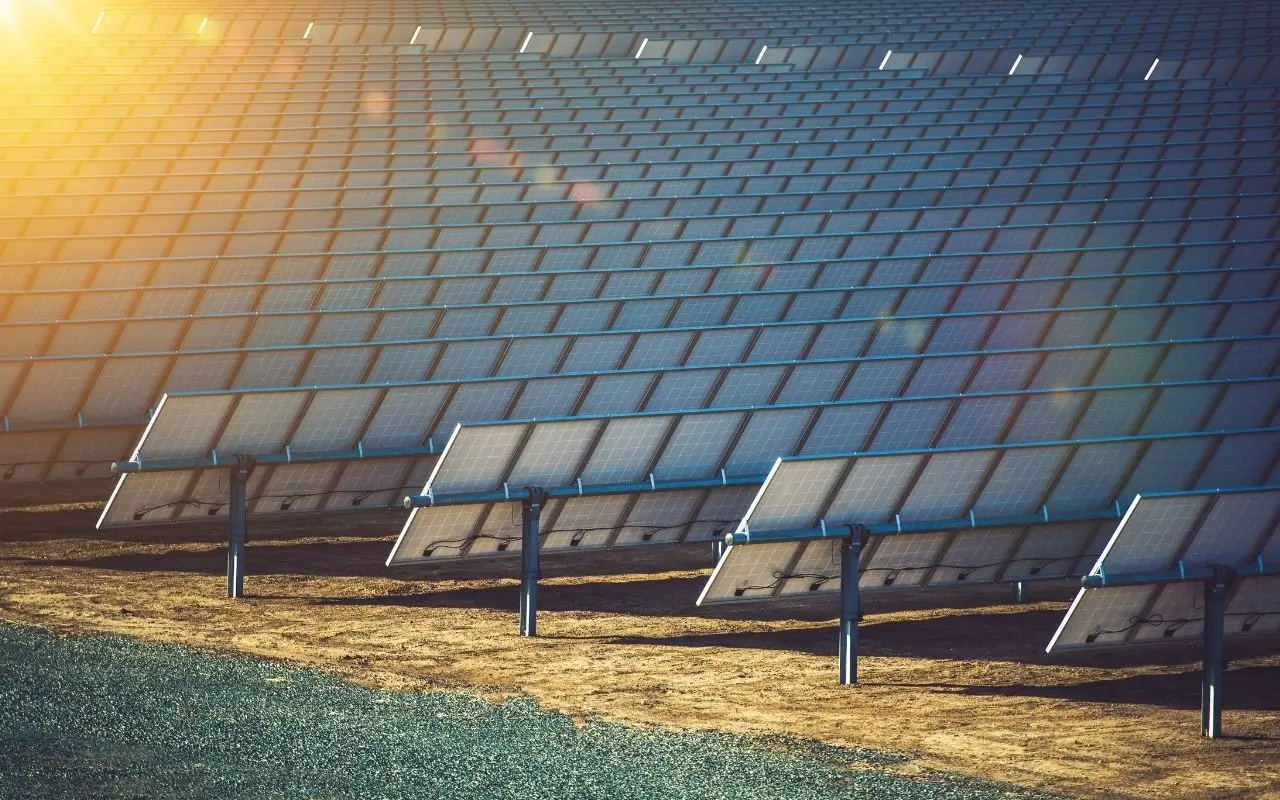
GES için uygun arazi seçimi çok önemlidir. Uygun bir arazinin aşağıdaki şartları taşıması gerekir;
- Projenin uygulanacağı arazi güney cepheye bakmalıdır.
- Büyük oranda güneş almalıdır.
- Trafo merkezine yakın olması gerekir. Çünkü trafo merkezinden kurulacak GES için elektrik kapasitesi sağlanır.
- Arazinin yakınında yollar bulunmalıdır.
- Arazinin jeolojik yapısı GES’e uygun olmalıdır. Bu süreçte ışınım potansiyeli yüksek bir bölge olsa bile akarsulardan uzak ve yamaçlı araziler olmamalıdr. Bu tür yerlerde heyelan riski her zaman bulunur.
- Panellerin kurulumunda toprak yapısına dikkat edilmelidir.
- GES kurulumunda çukurlu ya da tümsekli araziler maliyeti artırır.
- GES arazisi çevresinde verimin düşmemesi için yüksek yapılılar ya da tepe oluşumları bulunmamalıdır.
GES için uygun arazi seçimindeki en önemli husus aslında arazinin güneş potansiyelini hesaplayabilmektir. Yıl içinde güneş ışınlarından faydalanabilme potansiyeli için meteorolojik araştırmalar yapılmalıdır. Ayrıca son birkaç sene içerisindeki yağmurlu, bulutlu ve ortalama güneşli gün sayısına bakılmalıdır.
GES için trafo merkezine uzaklık en çok
GES Projelerinde Elde Edilen Enerji Nasıl Artırılır?
GES projelerinde elde edilen enerjinin artırılması adına solar tracker yani güneş takip sistemleri kullanılmalıdır. Verimliliği minimum %20 oranında artıran bu sistemler eksen sayısına göre tek eksende ve çift eksende kontrol yapabilmektedir. Ayrıca kontrol yöntemine göre aktif kontrollü sistemler, pasif kontrollü sistemler olarak iki farklı şekilde kullanılabilir. Güneş enerjisinden gün boyu yararlanma imkanı tanıyan solar tracker artık dünya genelinde de kabul gören ve kullanılan uygulamalar arasındadır.
Güneş ışığını daha verimli yakalamak için güneşin konumunu takip eden bu sistemler, panellerin açısını otomatik olarak ayarlar. Bu sayede gün boyunca daha fazla güneş ışığı alırken günün diğer zamanlarında da ışınları en iyi şekilde yakalayarak yüksek verim sağlar. Güneşin düşük açıda olduğu zamanlar olan sabah ve akşam saatlerinde paneller ideal pozisyona getirilir ve maksimum enerji toplanmaya başlar.
Başlangıç maliyeti yüksek olabilen güneş takip sistemi uzun vadede maliyeti amorti etmektedir. Enerji maliyetlerinde düşüş sağlarken sabit panellere göre daha çok enerji üretimi gerçekleşir. Bu da enerji faturalarının azalmasına ve yatırımların hızlı bir şekilde olumlu olarak geri dönmesini sağlar. Bu sistemler uzun ömürlüdür ve ciddi bakım gerektirmez. Uzun yıllar kullanılabilen güneş takip sistemleri bu özellikleri sayesinde enerji tüketicileri ve üreticilerine etkin çözümler sunmaktadır.
Bu sistemlerde daha yüksek verimin oluşmasının sebebi, güneşi doğrudan takip etmesi ve ışığın dik açıyla gelmesini sağlamasıdır. Ayrıca güneşi takip ederken daha az alana ihtiyaç duyulur. Sabit paneller ile karşılaştırma yapıldığında bu sistemlerin enerji üretmek için küçük bir alan kullandığı görülmektedir. Güneş takip sistemleri kullanıldığında panellerin yıpranma oranı da azalacaktır. Yani panellerin daha uzun vadede kullanımı söz konusudur.
Güneş takip sistemi türleri ve açıklamaları şu şekildedir;
- Çift Eksenli Güneş Takip Sistemi: Panellerin hem dikey hem de yatay eksen çevresinde hareket etmesini sağlayan sistemlerdir. Güneşi mevsimsel değişikliklere ve doğudan batıya doğru takip eder. Verim bu sayede %30 ile %40 arasında olabilir.
- Tek Eksenli Güneş Takip Sistemi: Bu sistemde paneller sadece bir eksen çevresinde hareket eder. Yani doğu – batı yönünde devam eden bu hareket ayrıca doğudan batıya şeklindedir. Verim %20 ile %25 arasında olabilir.
Çalışma şekillerine göre güneş takip sistemi çeşitleri ve açıklamaları;
- Pasif Kontrollü Sistemler: Kapalı çevrim çalışan sistemlerdir. Panellerin güneş ışığının olduğu yöne yönlendirilmesini sağlar. Özel algılayıcılar kullanılarak günün farklı saatlerine göre ışığın yoğun olduğu yön algılanır ve sinyal üreterek sistem kontrolü sağlanır. Bu sistemler çevresel faktörlerden etkilenebilir.
- Aktif Kontrollü Sistemler: Bu sistemlerde algılayıcı bulunmaz. Matematiksel algoritmalardan yararlanılarak konum bilgisi elde edilir ve açık çevrim takibi yapılır. Karmaşık yapıda olsalar da güvenli sonuçlar verir.
GES için Tarla Kiralanır mı?
GES için uygun alan seçimi yaparken tarla veya arazi gibi yerleri kiralayabilirsiniz. Elbette kiralama öncesi ve sonrası süreçlete dikkat ederek GES kurulumu yapabilirsiniz. Kiralama aşamasında arazi için gerekli olan yasal izinlerin alınması şarttır. Ayrıca kiralamada taraflara arasında yazılı kira sözleşmesi yapılmalıdır. Bu sayede resmiyet kazandıracağınız tarla kiralama sonrası projenizi hayata geçirebilirsiniz. Aslında güneş enerjisi santrali kurmak amacıyla tarla kiralamak her zaman uygun maliyetlidir. Kiralama yapmadan önce arazinin tüm özellikleri ve yasal süreçler hakkında bilgi sahibi olmanız önemlidir.
Güneş Enerji Santrali ve Güneş Enerji Tarlası Aynı Şeyler mi?
Güneş enerji santrali ve güneş enerji tarlası terimsel ifadeleri nedeniyle birbirine benzer. Fakat güneş enerji tarlası çok daha geniş alanlarda kurulan özel projeleri kapsar. Bu anlamda GES daha genel bir terim olarak kabul edilirken her iki terim de güneş enerjisinin elektrik üretimindeki yerini ifade etmektedir. Son dönemlerde güneş tarlaları Çin ve Suudi Arabistan gibi ülkeler tarafından kullanılmakla beraber büyük yatırımlar için tercih edilmeye başlanmıştır.
Her iki terim arasındaki farkı anlamak için tekrar tanım yapılmak gerekirse;
- Güneş enerjisi santrali, güneşten gelen ışığı elektrik enerjisine dönüştüren sistemlerin genel ismidir. Büyük veya küçük ölçekli projelerde kullanılmakla beraber birden fazla bileşenden meydana gelir.
- Güneş tarlası, büyük alanlarda kurulan ve GES olarak işlev gören uygulamalardır. Yüksek kapasiteye sahip GES’ler için kullanılmaktadır. Diğer adıyla çok büyük hacimli güç istasyonlarıdır.
Güneş Enerjisi Tarlası Destek ve Hibe Programları
Güneş enerjisi tarlası kurabilmek için farklı hibe ve destek programları bulunmaktadır. Örneğin KOSGEB tarafından 2024 yılı için güneş enerjisi desteği 14 milyon TL’ye kadar sunulmuştur. Toplam bütçenin yüzde 60’ı kadar olan bu destek oranı geri ödemeli olarak aktarılır. Ayrıca geri ödemeler projenin bitiş tarihi itibariyle 12 ay ödemelidir. Sonrasında ise dörder aylık dönemler halinde 6 taksitle yapılmaktadır. Bu desteğin genel şart ve kuralları dönemsel olarak değişebilir.
Güneş enerjisi tarlası destek ve hibe programları kapsamında;
- YEKDEM: Yenilenebilir Enerji Kaynakları Destekleme Mekanizması tarafından GES’lere 10 yıllık sabit fiyattan elektrik satın alım garantisi verilir. Yatırımcılar bu kapsamda uzun vadeli gelir garantisi elde edebilir.
- KKYDP: Tarım ve Orman Bakanlığının sürdürdüğü ‘Kırsal Kalkınma Yatırımlarının Desteklenmesi Programı kapsamında GES için 250’Den az çalışanı olmak kaydıyla işletmelere 2.5 milyon TL’lik destek sunulmaktadır. Ayrıca bu işletmelerin cirosunun 125 milyon TL’Den daha az olması gerekir. Söz konusu desteğin %50’si hibe olarak sunulmaktadır.


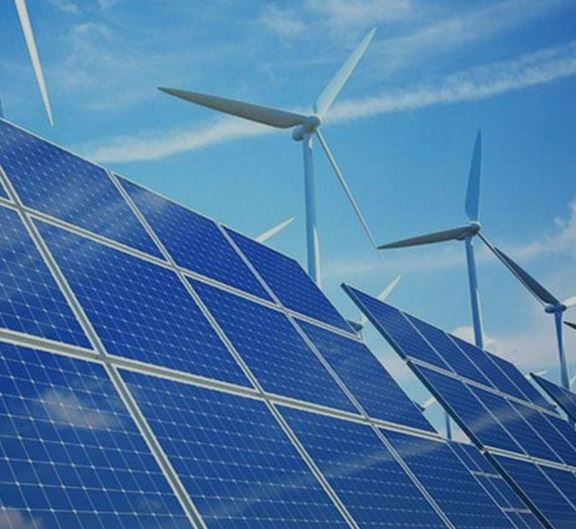
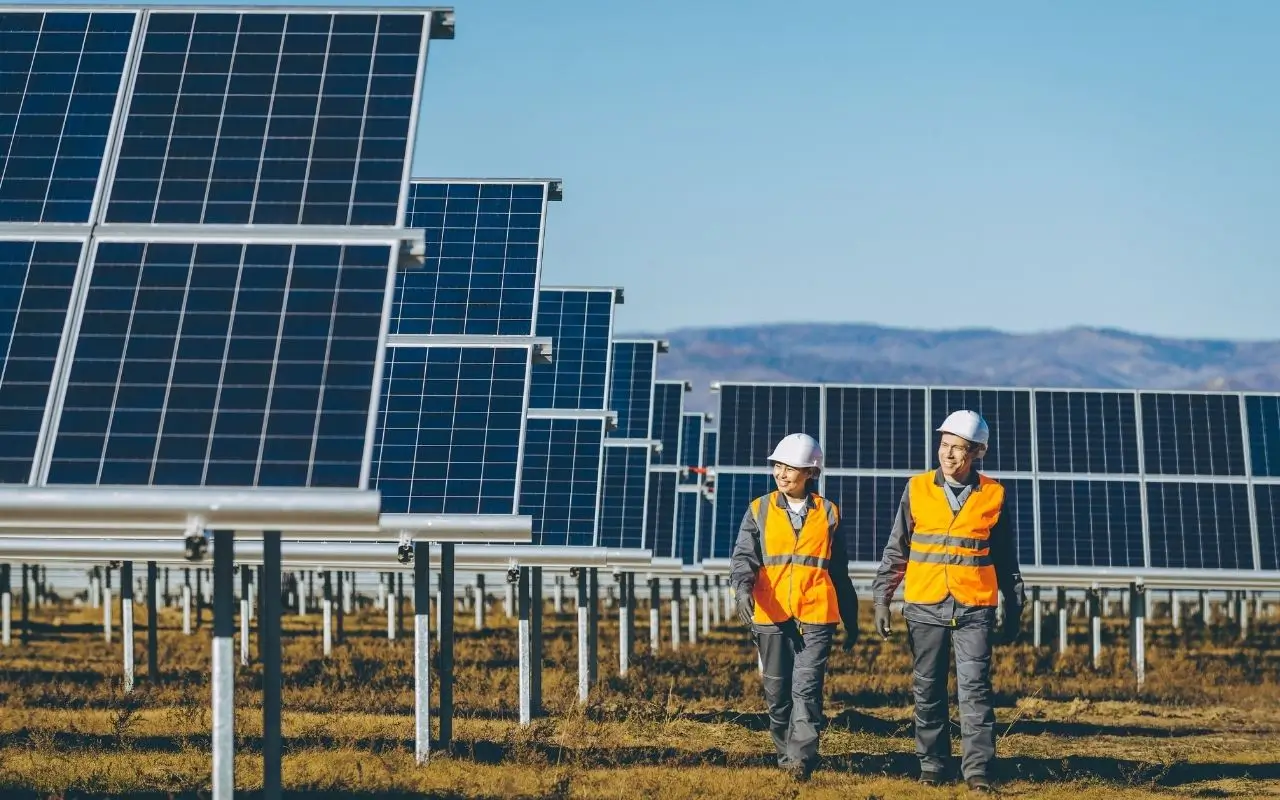
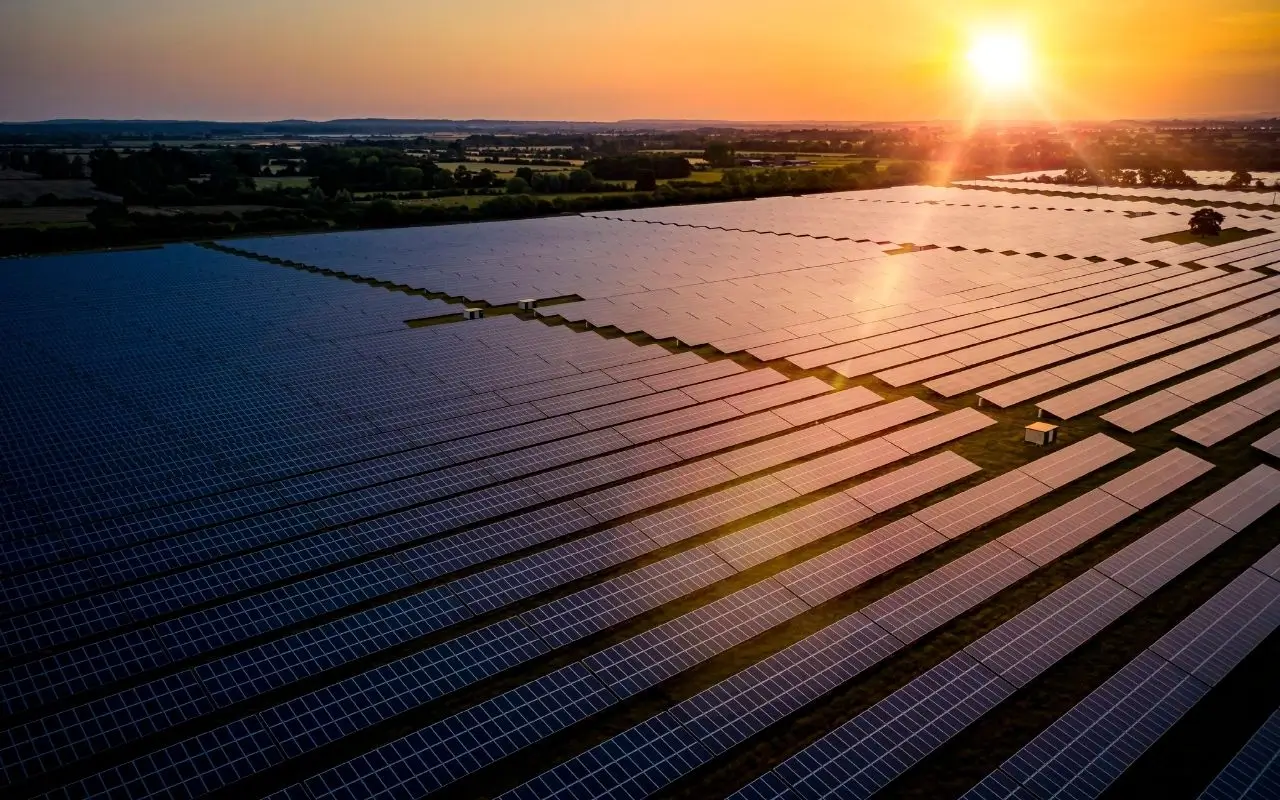
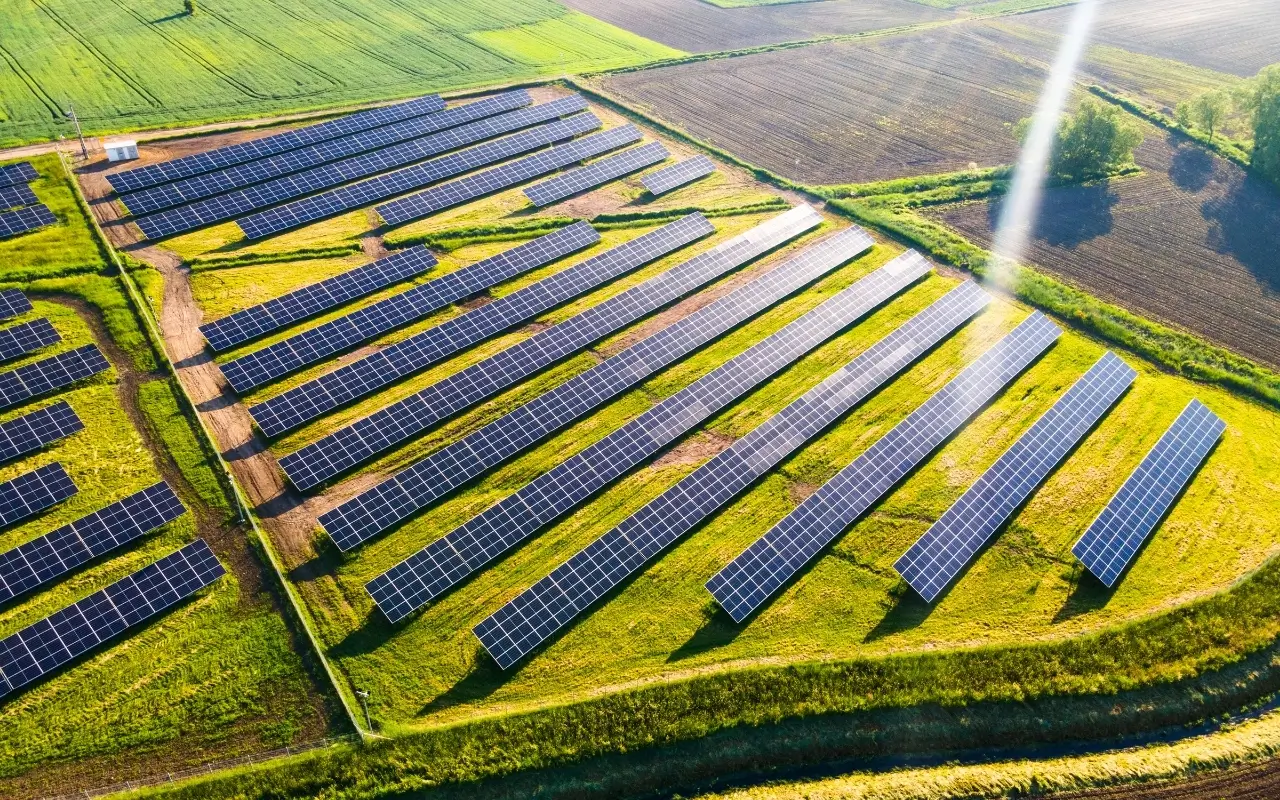
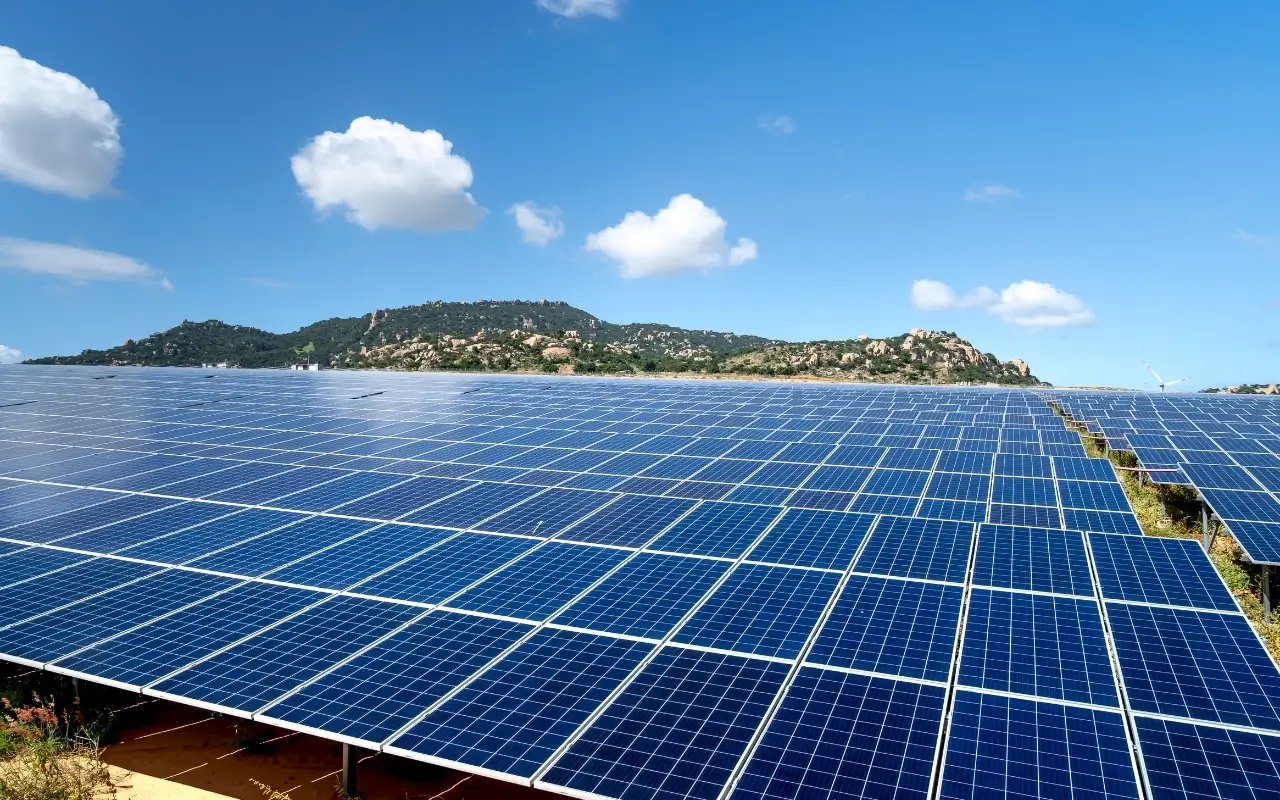
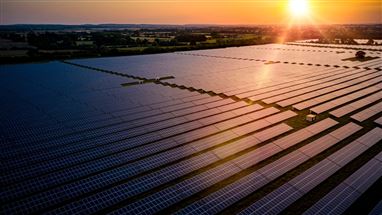
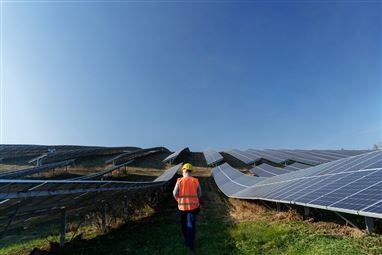
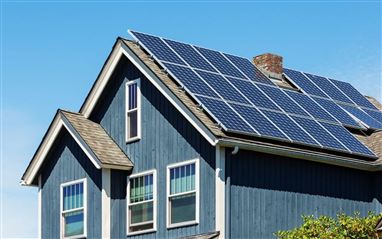

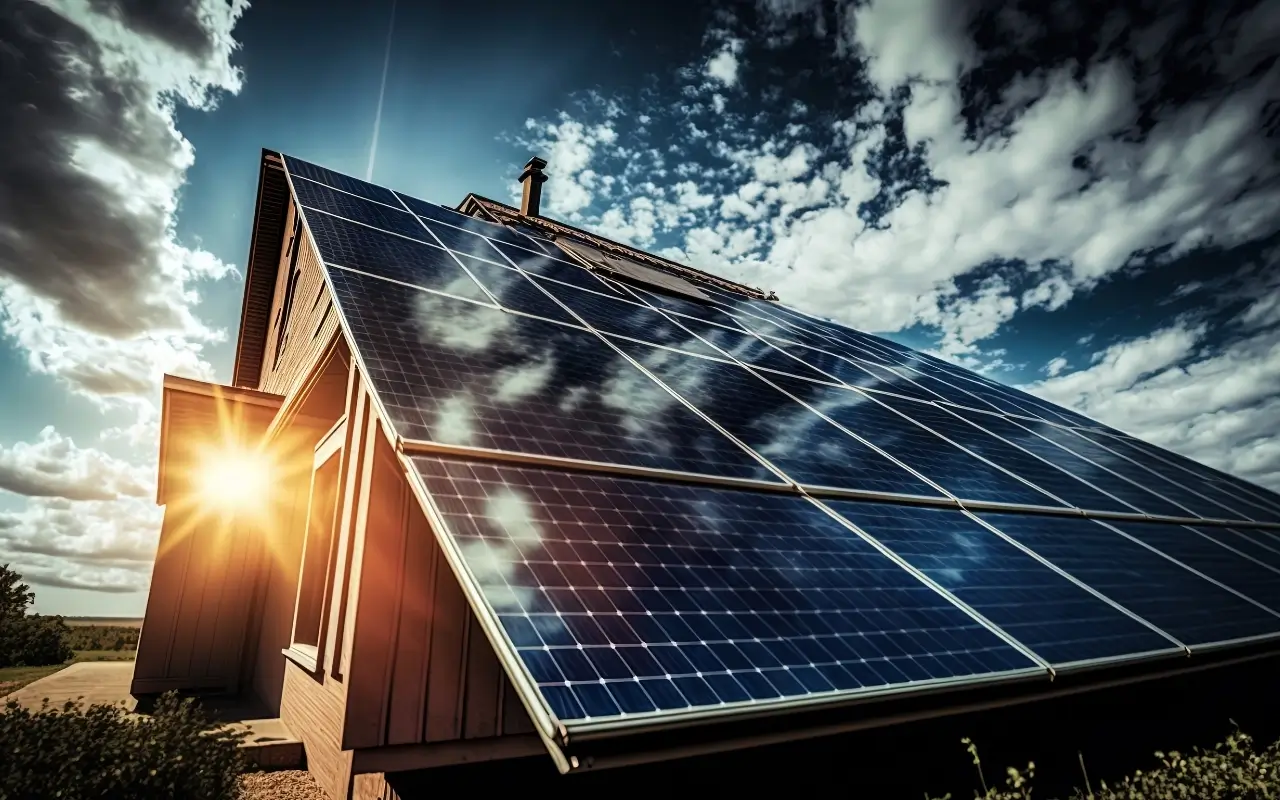
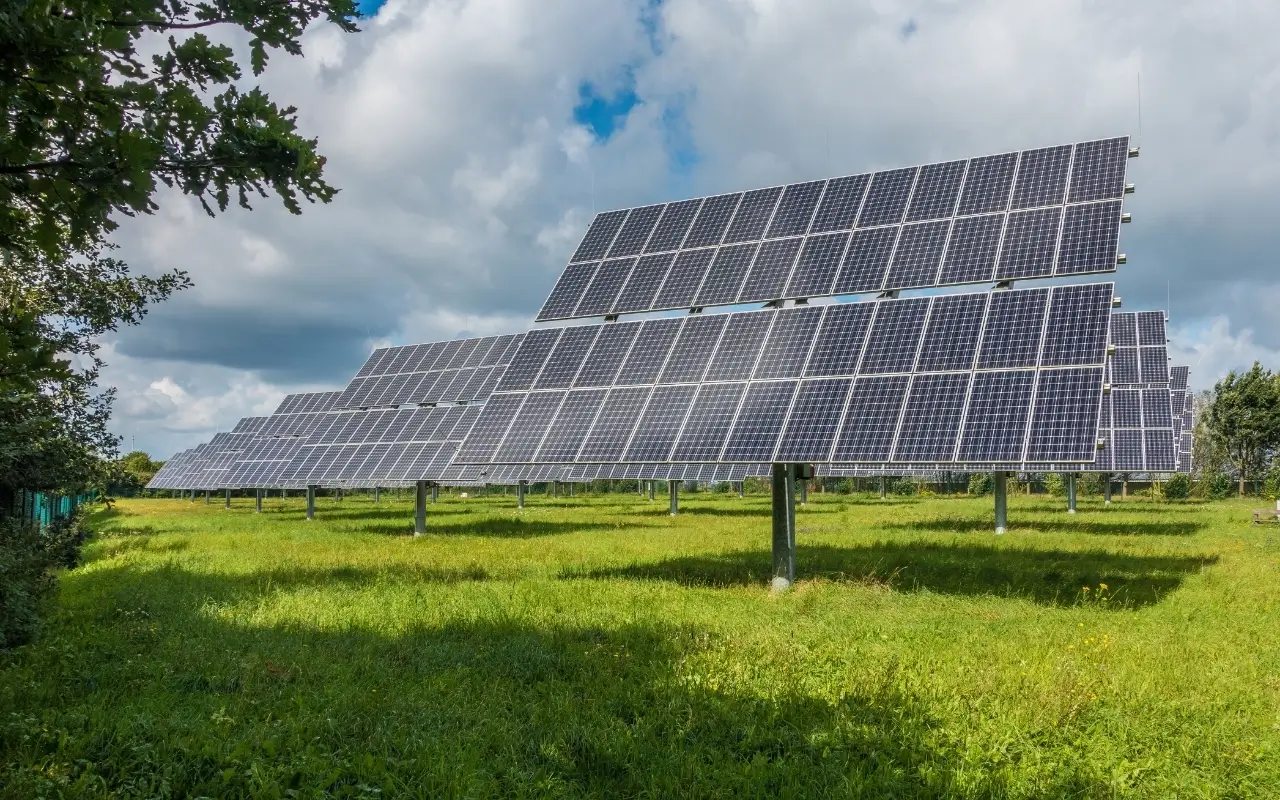
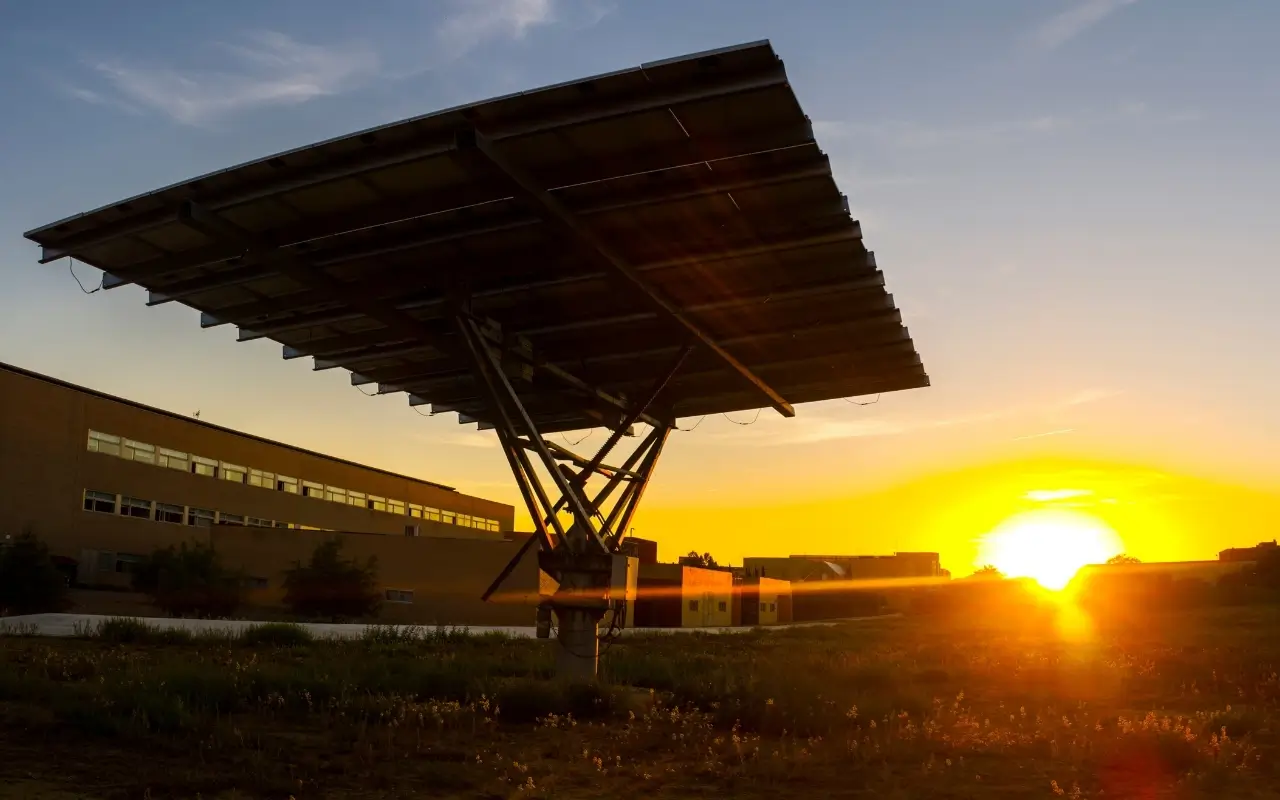
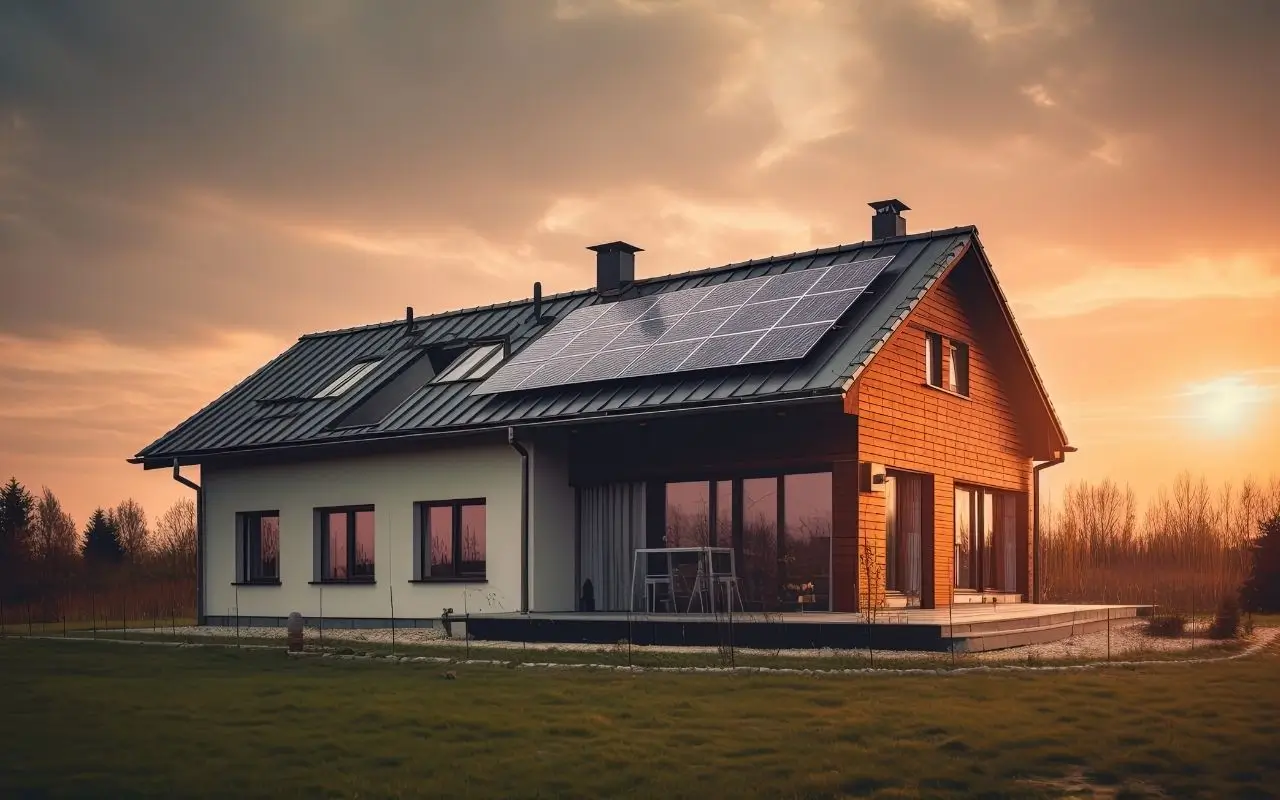
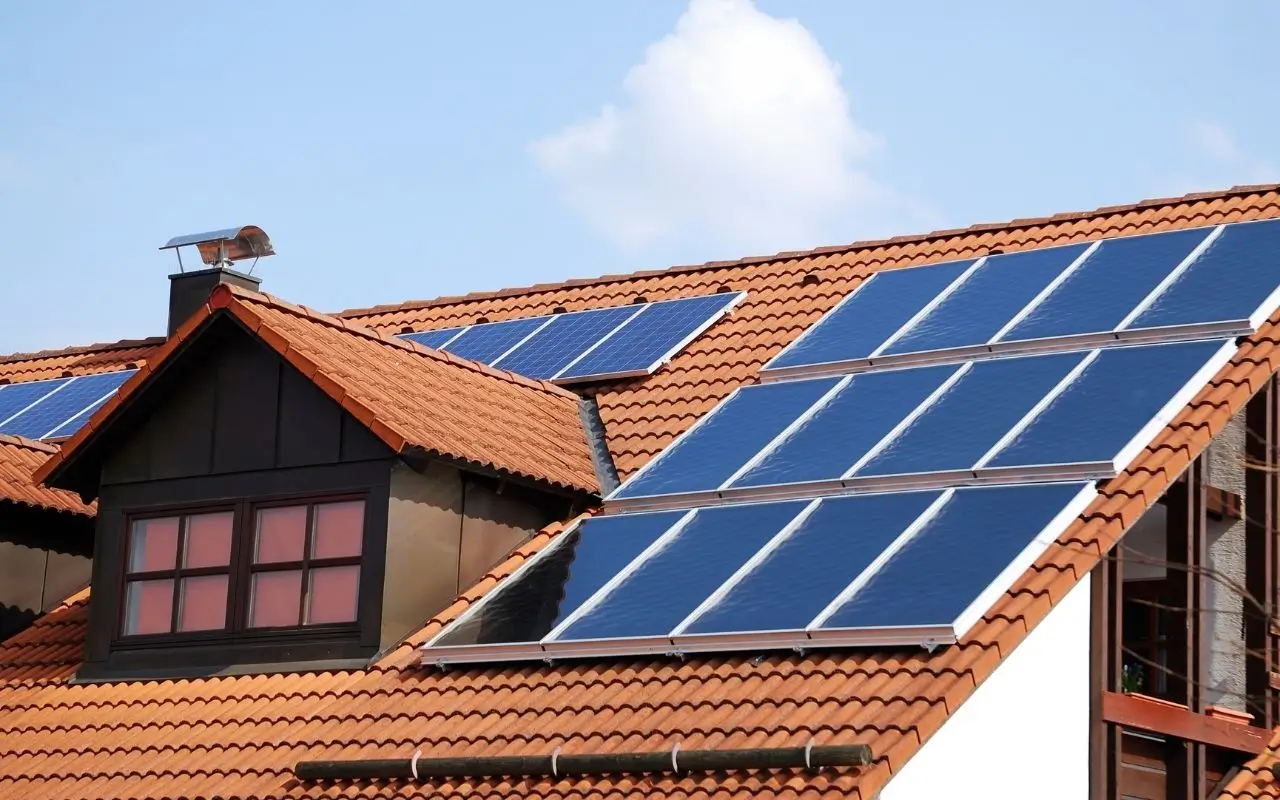
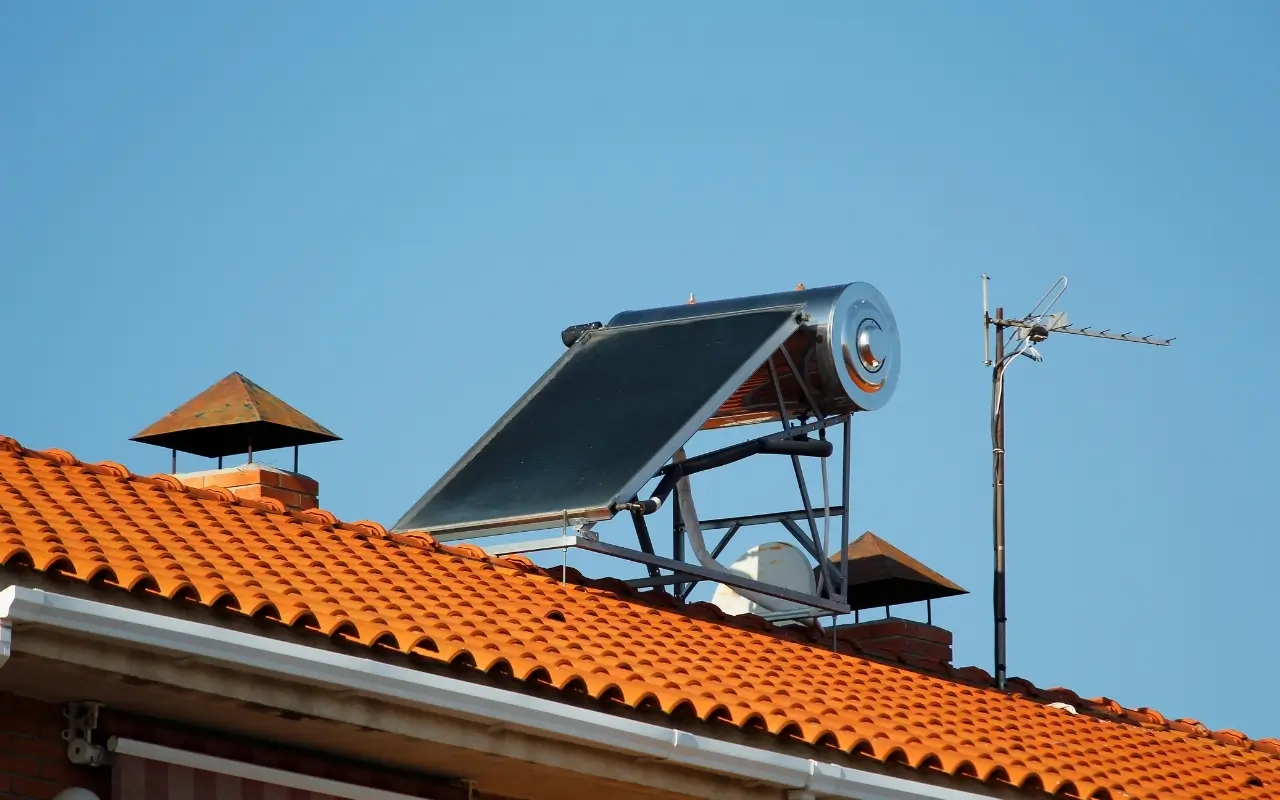
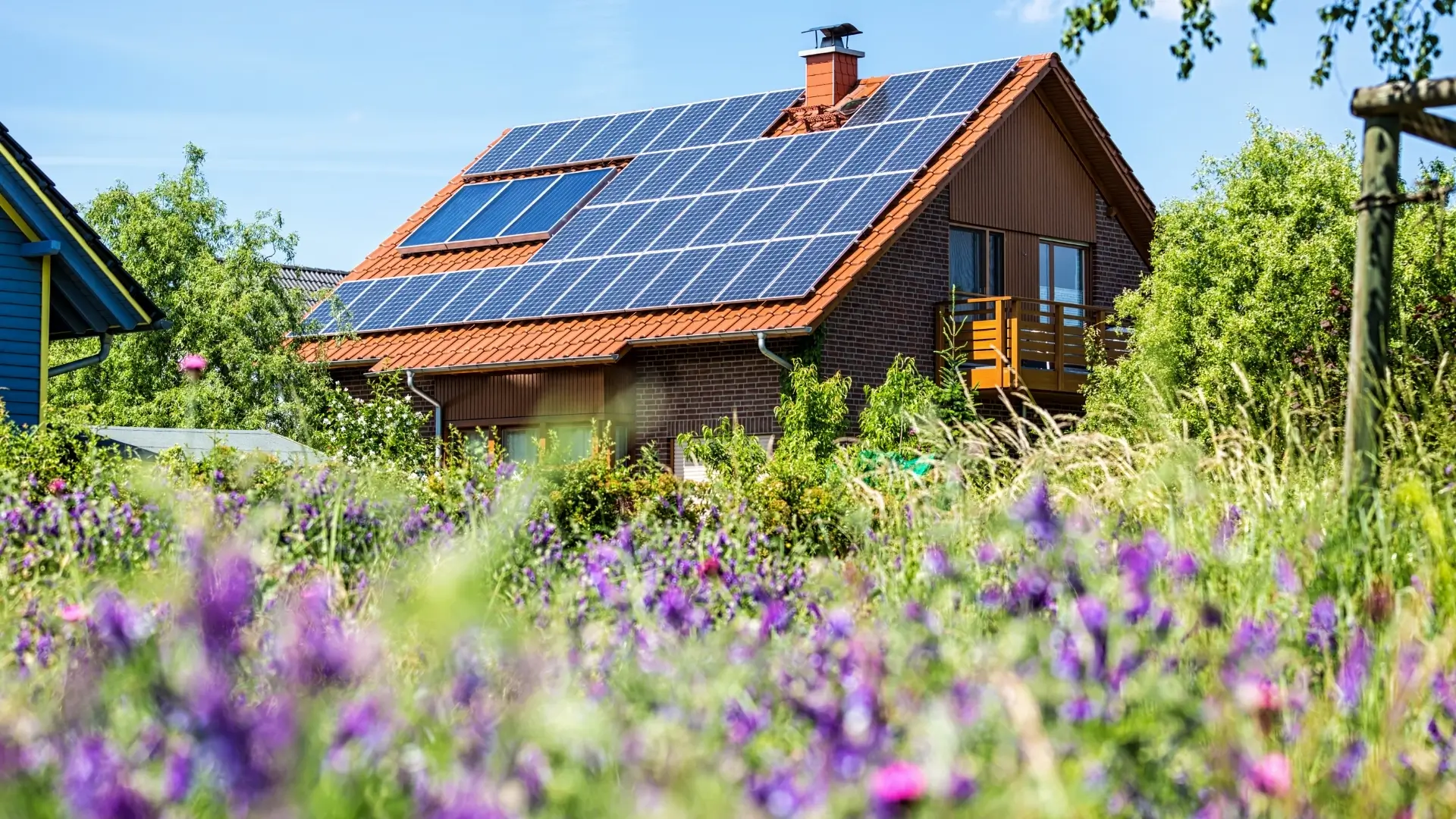
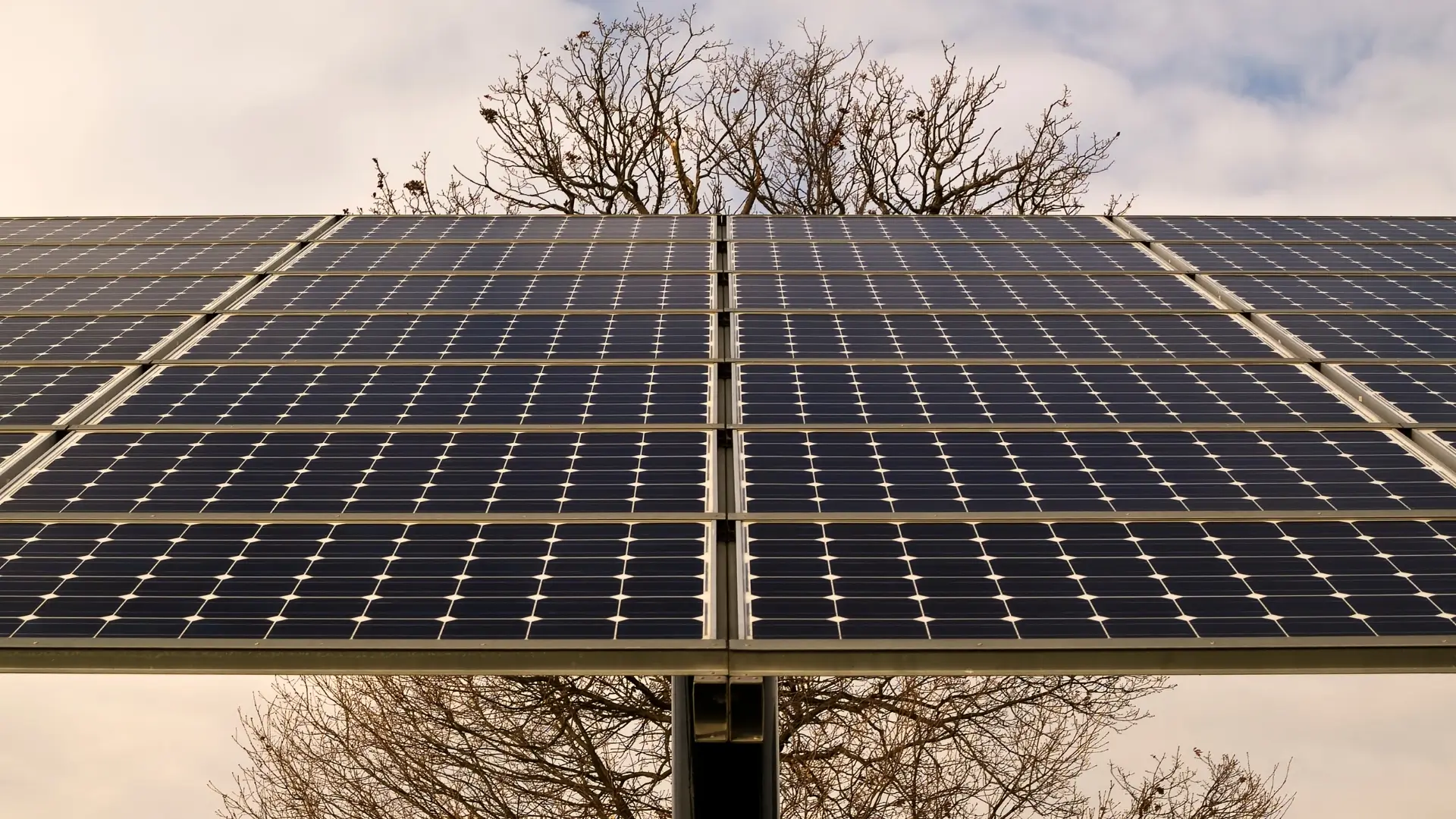
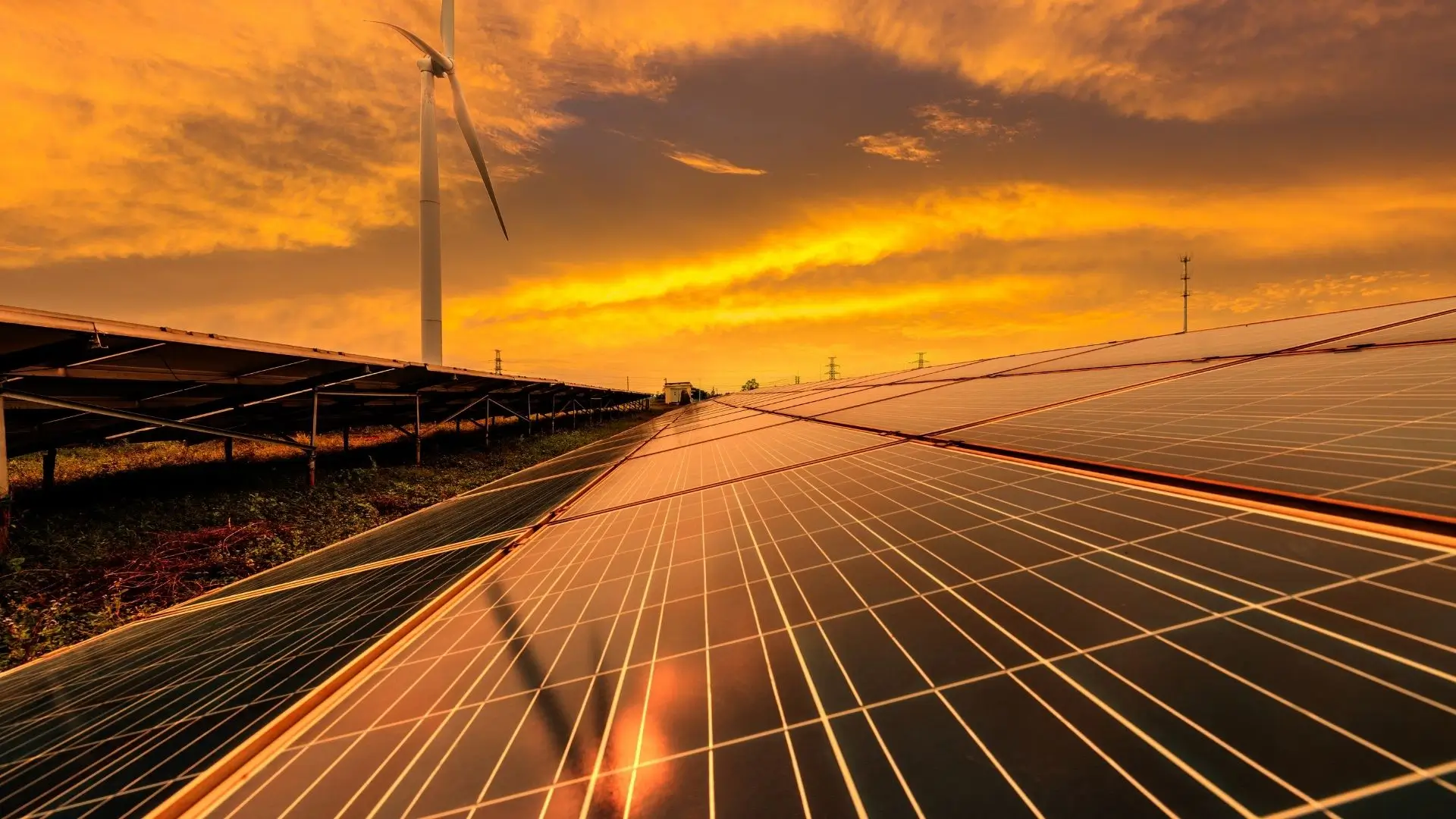
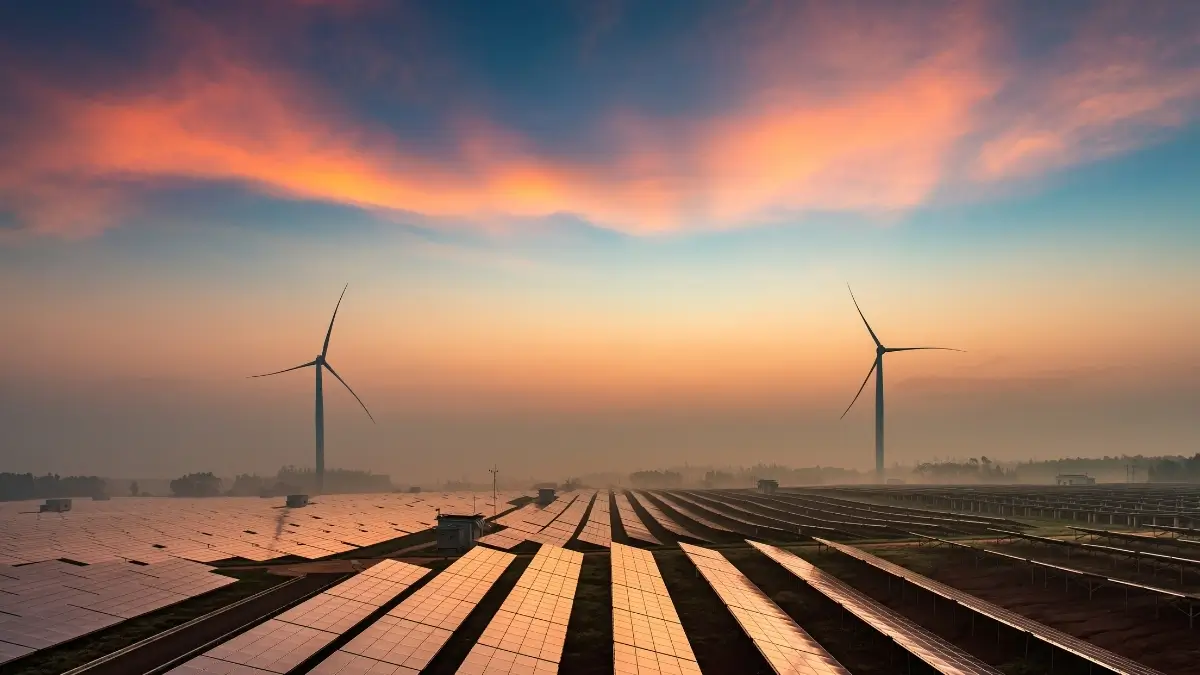
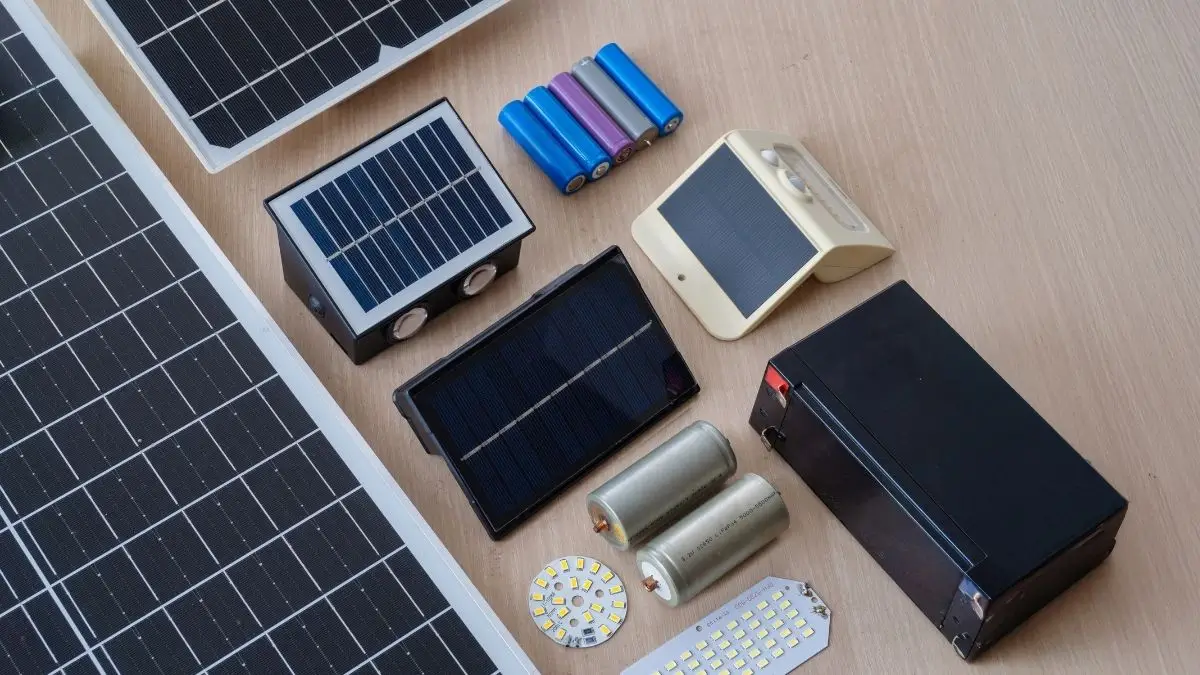
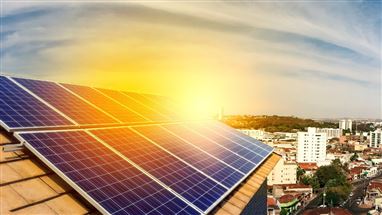
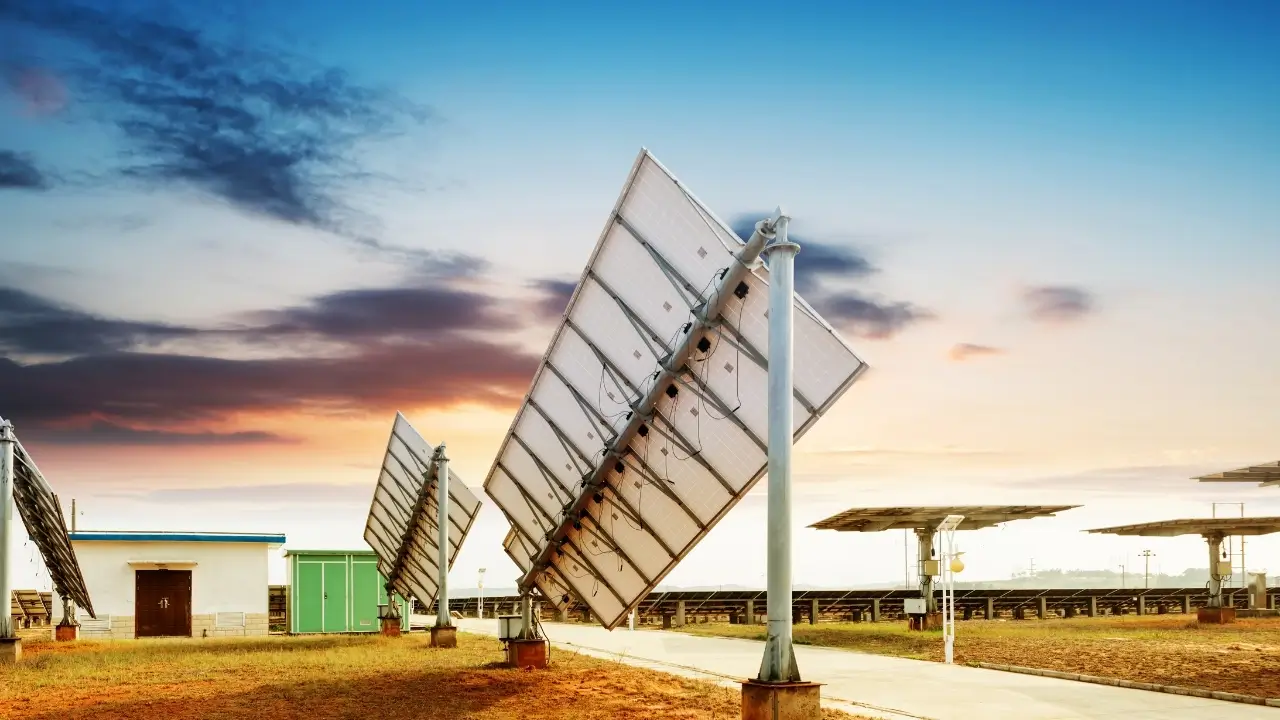
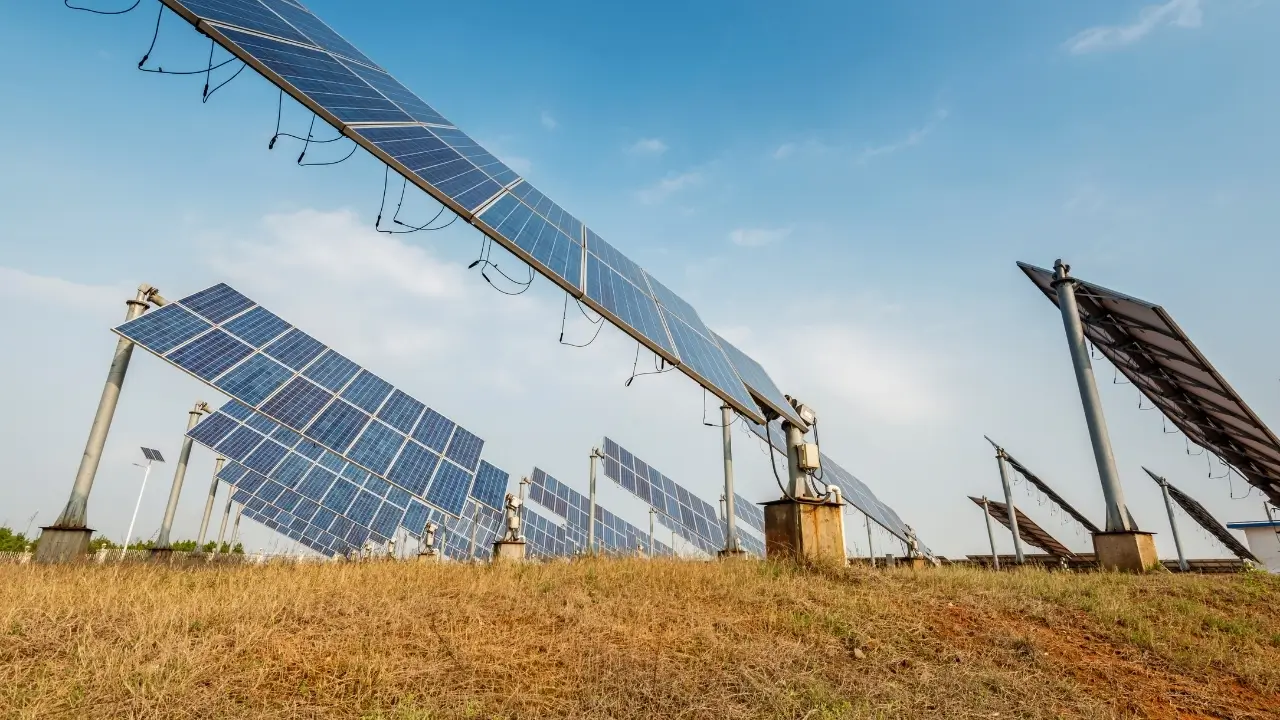
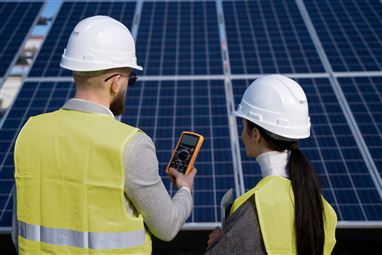
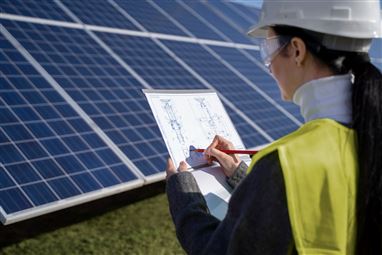
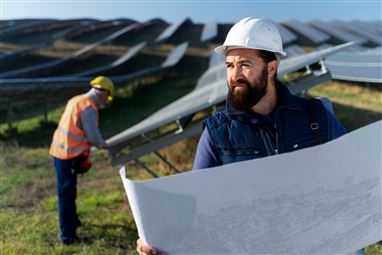
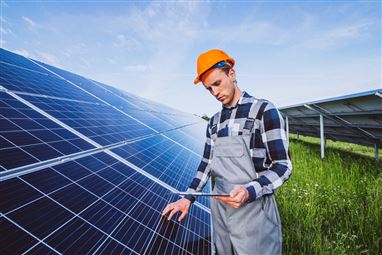
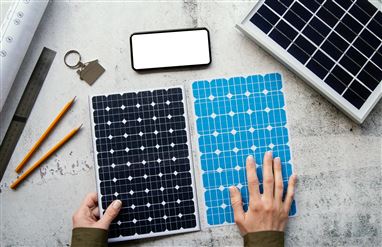
Do Comment